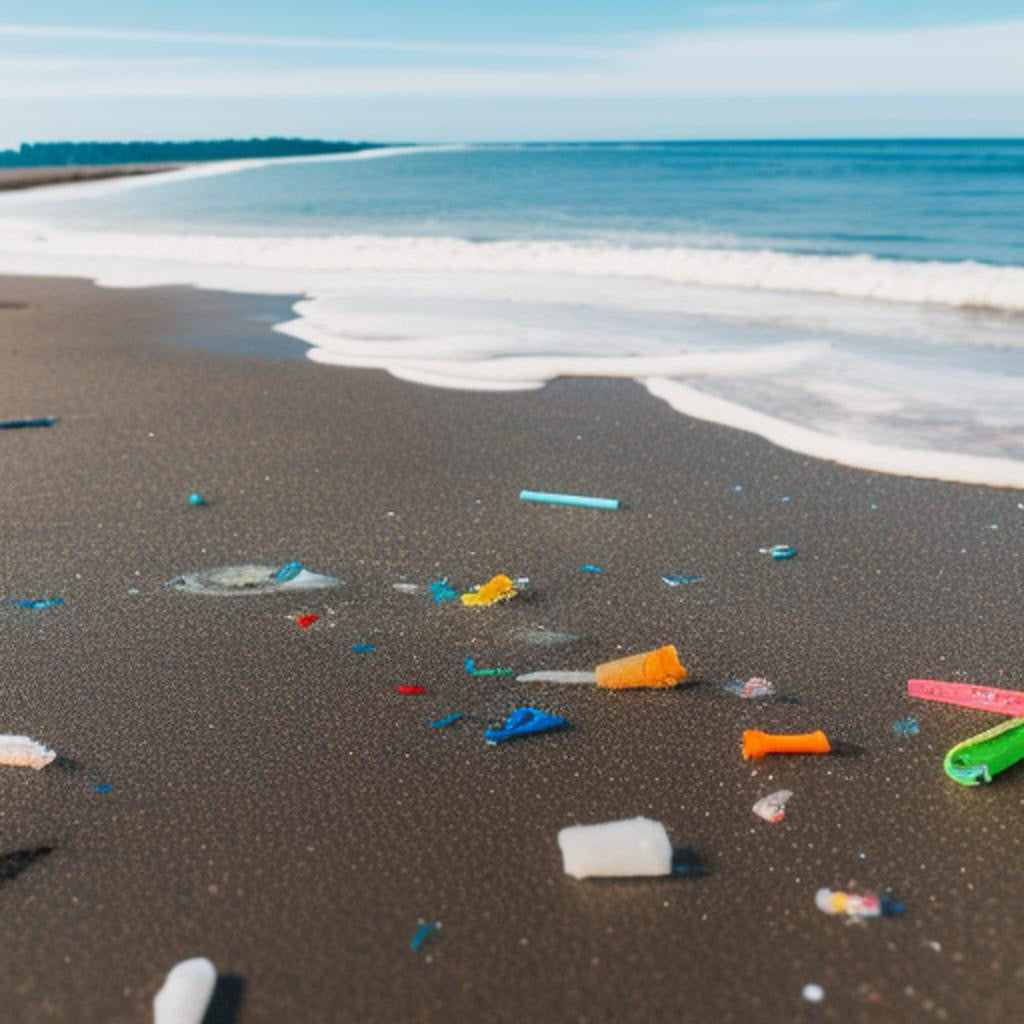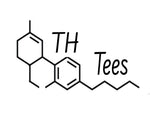The world's oceans are facing an escalating crisis with the proliferation of microplastics, tiny pieces of plastic that pose a significant threat to marine life and ecosystems. These minuscule particles, often invisible to the naked eye, have far-reaching consequences. However, amidst these challenges, the rise of biodegradable products holds promising solutions to combat this issue and safeguard the health of our oceans.
The Devastating Impact of Microplastics:
Microplastics, which mainly originate from the breakdown of larger plastic debris, have become a ubiquitous presence in our oceans. These minute particles can range from microbeads in personal care products to microfibers from synthetic clothing, and they find their way into the marine environment through various sources like improper waste management, stormwater runoff, and even atmospheric deposition.
Once in the ocean, microplastics wreak havoc on marine life. Marine creatures, from small fish to whales, mistakenly consume these particles, often leading to entanglement, digestive blockages, and even starvation. Furthermore, microplastics act as magnets for toxic substances, such as persistent organic pollutants (POPs) and heavy metals. As a result, these harmful chemicals accumulate in the food chain, posing risks to both aquatic animals and humans who depend on seafood as a vital protein source.
The Rise of Biodegradable Products:
Biodegradable products, on the other hand, provide a beacon of hope in the battle against microplastics. Unlike conventional plastics that persist for hundreds of years, biodegradable plastics are specifically designed to break down naturally over time, significantly reducing their environmental impact. These products typically decompose through the action of microorganisms, heat, oxygen, or even sunlight.
In recent years, innovative alternatives to traditional plastics have emerged. For instance, biodegradable packaging made from materials like polylactic acid (PLA), starch, and cellulose offer comparable functionality while being less harmful to the environment. Biodegradable microbeads used in personal care products are also being developed, allowing consumers to exfoliate responsibly without polluting our oceans.
Embracing Biodegradable Products: A Sustainable Solution:
The shift towards biodegradable products can play a crucial role in mitigating the microplastic crisis. By choosing biodegradable alternatives, we contribute to reducing the amount of plastic waste that ends up in the oceans. Additionally, supporting companies that prioritize sustainable practices encourages further innovation and adoption of biodegradable materials, fostering a circular economy. (See our toothbrushes and soap holders)
However, it's important to note that while biodegradable products offer a promising solution, proper waste management and recycling systems are equally essential. Effective waste management ensures that biodegradable materials reach the appropriate facilities where they can decompose efficiently, rather than being improperly disposed of and potentially ending up in the ocean.
Microplastics in our oceans demands urgent attention, and embracing biodegradable products represents a practical and effective step towards combating this crisis. By opting for sustainable alternatives, we can collectively reduce the accumulation of plastic waste, alleviate the harm caused to marine ecosystems, and pave the way for a cleaner, healthier ocean for generations to come. Let's stand together in making environmentally conscious choices and embracing a future where plastic pollution is replaced by sustainable solutions.

